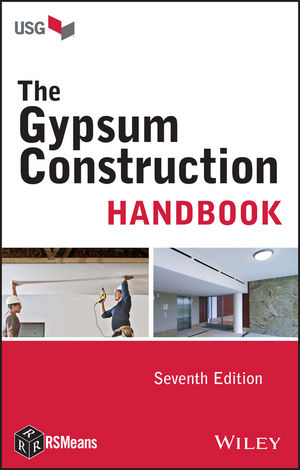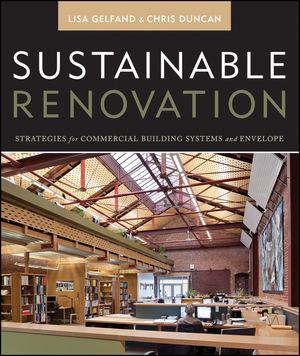CertainTeed gypsum and insulation products now carry third-party verification of Health Product Declarations (HPDs), while Environmental Product Declarations (EPDs) have been extended to encompass more of both the gypsum and insulation product portfolios. These will help builders better understand the products’ composition and environmental impact.
“Green construction is here to stay, and we’re one of the leading manufacturers in ensuring building products meet high environmental and safety standards,” said CertainTeed’s Najwa Khoury, vice president, gypsum marketing. “Third-party verification is a significant step toward achieving a more sustainable, healthier world.”
CertainTeed has long been a champion of sustainability. These gypsum and insulation third party verifications are the latest step in an ongoing initiative to provide safer, more eco-conscious products. These third-party certifications also combat green-washing by affirming that the sustainability claims are both valid and accurate.
The Importance of Third-Party Verifications
EPDs are rigorous third-party examinations of a product or product family’s environmental impact. EPDs are certified by ULE and based on a Life Cycle Assessment (LCA) that is performed using established Product Category Rules (PCRs). According to UL, these include:
- a detailed breakdown of material content
- production process and life cycle stage diagrams
- health and safety information related to a product’s creation and use
- a diagram of relative primary energy usage by life cycle stage
HPDs are verified through GreenCircle Certified , an organization that seeks to assure marketplace accountability, and documented by Health Product Declaration Collaborative. HPDs disclose potential chemical concerns against various Health Product Declaration Standard hazard lists. According to GreenCircle Certified, it verifies technical accuracy against the following guidelines:
- Intentional Ingredient Disclosure: Each discrete chemical, polymer, metal, bio-based material, or other substance added to the product by the manufacturer or suppliers that exists in the product as delivered for final use must be reported and account for 99% of the total product.
- Residuals Disclosure: Known trace substances remaining in the product from manufacturing steps (such as monomers or catalysts) or contaminants that come with raw materials must be reported.
- Hazards Disclosure: The HPD Standard identifies a minimum set of authoritative chemical hazard lists against which ingredients are required to be screened for health and environmental hazards. All ingredients above 1,000 parts per million (above 0.1% in the product) have their potential health hazards disclosed if the chemical is on one of those designated lists.
“Both third-party verifications reinforce CertainTeed’s commitment to transparency, responsible reporting, and material claim accuracy,” Khoury. “CertainTeed gypsum and insulation products now meet the stringent standards our customers expect and deserve.”
EPDs and HPDs are valuable documents that may contribute towards credits in varying green building standards. LEED (Leadership in Energy and Economic Design), one of the leading green building certification programs in North America, has a few credits for Building Product Disclosure and Optimization; one credit is specifically for Environmental Product Declarations and another credit is for Material Ingredients for their Building Design and Construction projects.
CertainTeed EPDs may contribute towards the Environmental Product Declaration credit if their products are utilized the building project as to gain a point towards that credit, at least 20 products must have EPDs. Similarly, the HPDs contribute towards the Material Ingredient credit where a project needs 20 products to gain a point; a verified HPD counts as 1.5 products so CertainTeed can leverage the project closer to a point by using their products.
Learn More
To view the third-party verified EPD and HPD certifications, please visit:







